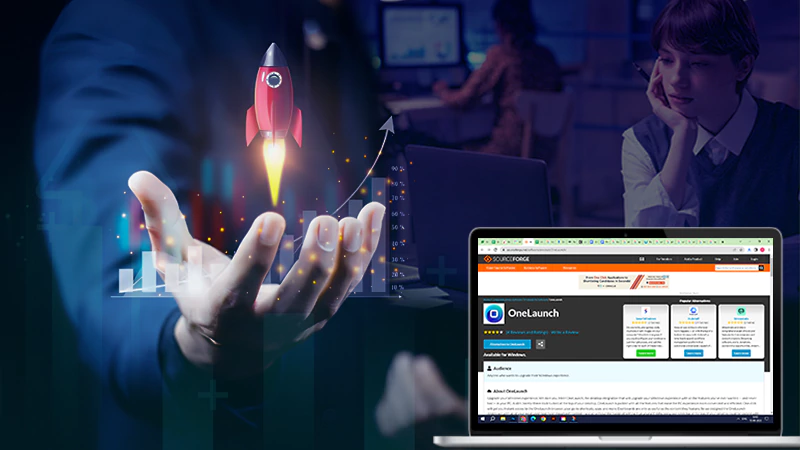How to Get Rid of Bloatware?
Computers, tablets, and smartphones are known to be quick and efficient. This is not always the case, unfortunately. Your device’s performance may suddenly decelerate, or you may discover unknown programs are actively running in the background.
What Tends to be the Root Cause of These Problems?
That behavior might be the result of bloatware, a common but annoying problem for people who use computers. Don’t worry, though; uninstalling unnecessary programs is a breeze.
Defining Bloatware
How to get rid of bloatware? It may refer to software that has been installed but is never launched, despite consuming significant system resources even when idle. The size of these rarely-used programs can also be a problem.
This disproves the notion that bloatware is malicious software. Bloatware downloaded from malicious websites or accidentally installed alongside third-party software may, however, contain malware and ransomware.
There are two main entry points for potentially unwanted software, or “bloatware,” onto an otherwise trustworthy device. One possibility is that it was shipped with your computer, tablet, or phone. On the other hand, it could be embedded in online downloads you have made.
Installed Programs
That’s the most common kind of bloatware, and it might even be the earliest. As a matter of course, many companies ship their products with pre-installed software. As a means of generating additional revenue, you may be presented with suggestions for related software that may be of use to you, such as security suites, file managers, password managers, music apps, and so on.
Online-downloaded Programs
More so than factory-installed software, this poses a threat because some of it is designed specifically to harm a computer or its user. There is an increased security risk, but that doesn’t mean all bloatware you download is malicious.
The only harm this bloatware might cause is to make your computer run more slowly or show you ads all the time. Man-in-the-middle attacks, espionage, and remote computer administration are just some of the more dire consequences that could result from this.
Most of the time, malicious websites, suspicious links, or ads are to blame for this bloatware. It may also be bundled with legitimate software you intend to download.
If it keeps prompting you to make in-app purchases; if it causes annoying pop-ups or redirects you to sites you didn’t intend to visit; or if you receive unsolicited advertising. One more way in which bloatware stands out is that it often cannot be removed and re-appears after removal.
To What End does Bloated Software Tend to Function?
Bloatware has the potential to eat up a lot of system resources. Your device’s performance will suffer, as will memory and storage space, as well as battery life, while it is running in the background. Bloatware is software that does nothing useful but takes up space on your computer. It could lead to security risks and/or flood your browser with advertisements.
Adware and Other Unnecessary Programs in Windows 10 and How to Get Rid of Them
Bloatware is present in Windows 10 in a fairly significant amount. As a rule, it can be easily pried off. You can use the standard removal procedure, PowerShell commands, or a third-party installer.
Unlike other programs, bloatware cannot be removed through the usual channels. Obviously not, and here’s why.
If you’re considering cleaning up some disc space by uninstalling bloatware, you should first determine how much room Windows 10 actually requires.
Level Up Your Online Presence: How iTop Screen…
Vidnoz AI Review: How to Convert Text to…
HitPaw Online Video Enhancer Review and Its Best…
Top 7 Background Removers Online in 2024
How to Retrieve Google Backup Photos?
How Does The Image-To-Text Tool Work?
SwifDoo PDF Review 2024: A Comprehensive Look
The Real Benefits of DevOps Training for Aspiring…
Capturing Serenity: Elevating Yoga Pose Photos with CapCut’s…
Single CPU Server vs Dual CPU Server: What’s…
Boost Your Productivity with a Desktop-Docked Search Utility…












